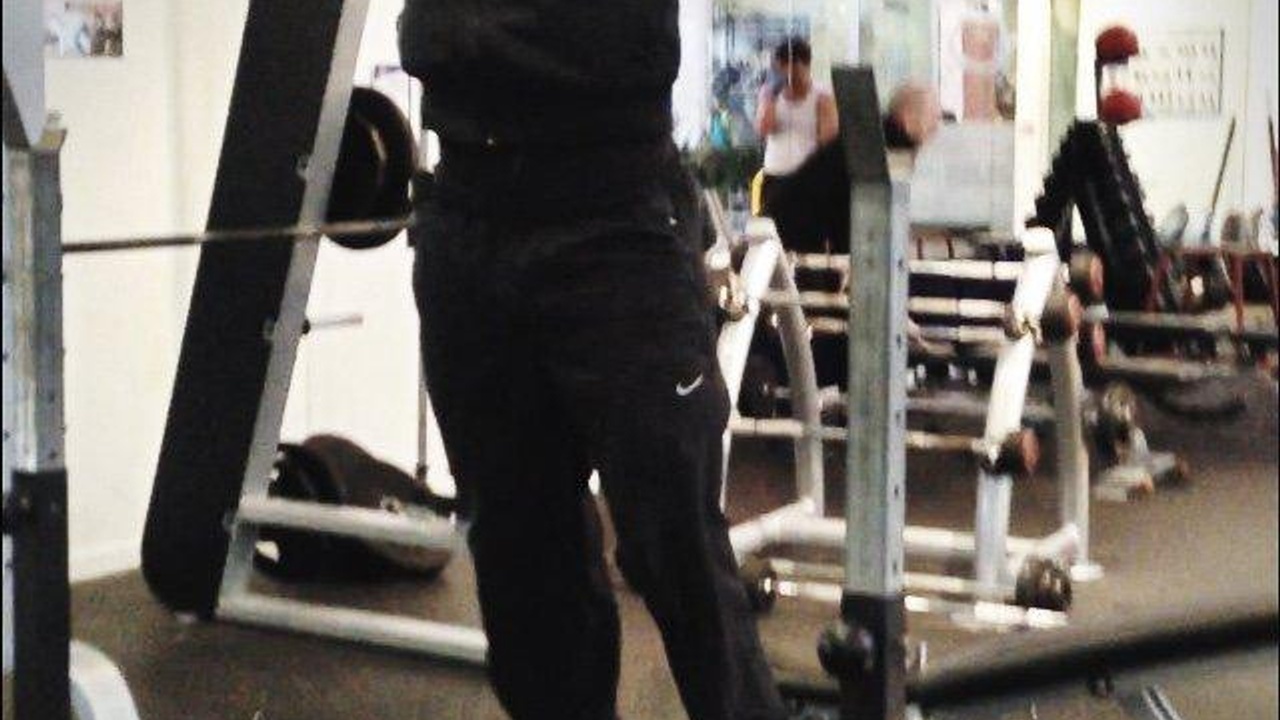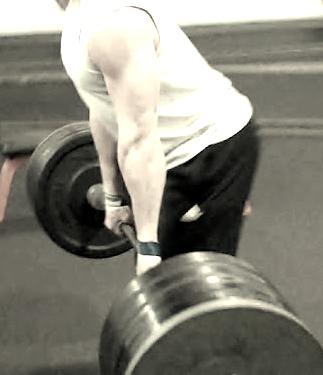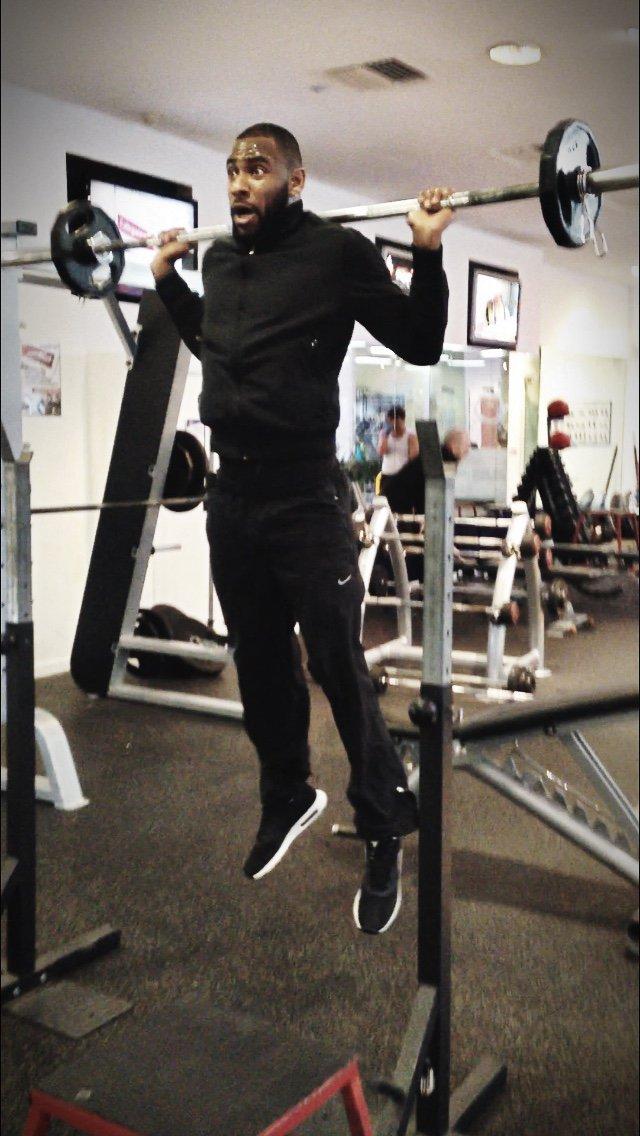
Power Lifting For Fighters and Grapplers? Part 2 – Application, Adaptations to Strength Training
Just in case you missed it, here is Part 1: Bench, Squat and Deadlift
Why are the numbers of sets and reps and RM% so important?
 The answer is – that certain ranges of reps result in greater neural adaptation. When an athlete is a novice to strength training we can be certain that the initial strength gains will come mostly from neuromuscular adaptations rather than hypertrophy. If you notice your muscles “pump up” during or shortly after the session, don’t panic or don’t be too happy (depending of what your goal is). This is a short term increase in size caused by fluid retention. It should fade away within 1hr – 90 mins after the training.
The answer is – that certain ranges of reps result in greater neural adaptation. When an athlete is a novice to strength training we can be certain that the initial strength gains will come mostly from neuromuscular adaptations rather than hypertrophy. If you notice your muscles “pump up” during or shortly after the session, don’t panic or don’t be too happy (depending of what your goal is). This is a short term increase in size caused by fluid retention. It should fade away within 1hr – 90 mins after the training.
Neuromuscular Adaptations to Strength Training
“Practice makes perfect. After a long time of practicing, our work will become natural, skilful, swift, and steady.” – Bruce Lee
Let’s look at the main mechanisms of neural adaptation:
Increased Motor Unit recruitment – neural adaptation to training that rapidly increases the strength of a novice who hasn’t yet experienced hypertrophy. What is a motor unit – motor unit is made up of a single motor neuron as well as all of the muscle fibers that neuron activates. This refers to our skeletal muscles, which are made of hundreds of thousands of fibers. These muscle fibers are activated by motor neurons when they receive signals from the brain to contract the muscle. A single motor neuron can control several hundred muscle fibers at a time, depending on the size and function of the muscle. Why is it good to recruit more motor units and how it relates to strength gains? Even when you engage in very low intensity activities like lifting glass to your mouth, your brain recruits motor units that have a smaller number of muscle fibers to allow you to lift the glass. However when you are lifting something extremely heavy or applying a lot of force your body will contract more available motor units to allow you to perform the activity.
It is a very clever mechanism, imagine what would happen if your brain told your muscles to contract fully when lifting a glass up, you’d be knocking yourself in the face every time you want to have a drink. Motor unit recruitment is a TRAINED and LEARNED ability. The more motor units you can recruit the more muscle fibres you can activate – the more muscle fibres you can activate – the more force you can apply. Training not only increases the frequency of motor unit firing, it also increases the total number of motor units that effect a muscular contraction. In other words, more motor units work together, and they all fire more rapidly. It’s a fact that trained individuals can recruit more motor units than novices.
Coordination of Motor unit recruitment – as mentioned above – as the athlete training progresses, their ability to utilise MULTIPLE motor units increases. Please note that each muscle fiber in a motor unit is functionally identical (which means it is either slow twitch or fast twitch, never both in the single motor unit).
Following on the previous point another adaptation is enhanced Motor unit activation. The frequency of motor unit firing increases with the training, as well as the total number of motor units that affect a muscular contraction. As a result of good strength programming more motor units work together and they fire more rapidly (faster).

Improved technique and skill acquisition – out of the two similarly sized men the one whose technique is competent will be able to generate more force than the novice. Also will do it in a safe manner. Never compromise the technique in favour of greater load. Desired adaptations will occur only if the exercise is performed with correct form. Perfection – nothing less –is all you should know. Develop a consistent pattern for all the lifts.
Lifting heavy, slow with incorrect form = enhancement of the structural and postural imbalances and may result in subsequent injuries
Lifting heavy and fast with incorrect form = INJURY happening with 100% certainty, period.
Cross education – and increased involvement of the neural pathways contribute to strength gains too. For example, an untrained arm will gain significant strength in concert with a trained arm, because of interaction between the nerves of either arm at the spinal column. This cross-education is one of the clearest demonstrations of neural adaptation.
Understanding how your body works and adapts to training is the key to a successful program design. Before trying to make your training look fancy etc, stick to the basics and follow basic principles. Classic lifts can never be overrated – once the sound fundamentals are in place, you can play with your training more. Strength always comes before Power – you have to be STRONG to be POWERFUL. POWER is the ability to express the STRENGTH FAST.
Coming back to Part 1 – SQUAT, DEADLIFT and BENCH PRESS (I would add loaded pull ups to the three) are the best for full body strength development and expression of it. Well balanced, strong body should excel in all 3 (4) lifts, any imbalances or weaknesses will show when performing all 3(4). All the other exercises are the assistance work (assistance does not mean inferior, it is as important as the “big” lifts). I am not trying here to convince everyone that the entire program should consist of squat, deadlift or bench, it only means that these should be included in an effective s&c program for combat sports.
There is a few more reasons why the golden 3 are so great for the combat athletes (see part 3).




